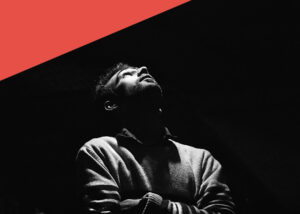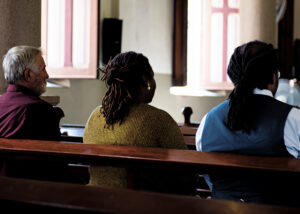The “new” science of love, she calls it. Well, I wouldn’t say it’s so new, except in perhaps in western scientific knowledge. There’s nothing much new that she said. It’s just that she had sources to cite and specific western scientific research, and some eastern knowledge, to refer to.
Nevertheless, it’s exciting.
Finally the western scientific world is catching up with the rest of the world. As she spoke of the dance of relationships, the network of “effective dependency” and the interdependence that results, the image of a yin and yang appeared in my mind. One side of the complete whole fills in where the other is missing and they gradually merge one into the other. If one side pulls back, or pushes in, it is no longer a “healthy” whole. There is also always a part of one side in the other side.
This is not just a nice little picture. This is the way relationships work in reality. And this has been known by many cultures and societies for millennia. I think ,the “western” culture must have known it at one point too, but somehow it was lost, along with the wisdom in cultures, like food, dealing with illness, paying attention to the body, the effects of the “spirits” that appear within a group when synergy or group think appear.
Was this lost when thousands of people came to the “Americas” to begin a new life? Was that when the roots were cut? Or was it during the period of “Enlightenment,” a sort of “cultural revolution” of Europe which shone light on some areas, but left other aspects of ancient wisdom, then, in darkness.
In any case, this piece of wisdom, about the centrality of human connections and bonds, and our basic instinct to need each other, has returned. Maybe now our “western societies” can not just talk about relationships, but live them out and begin to learn what community really means.





